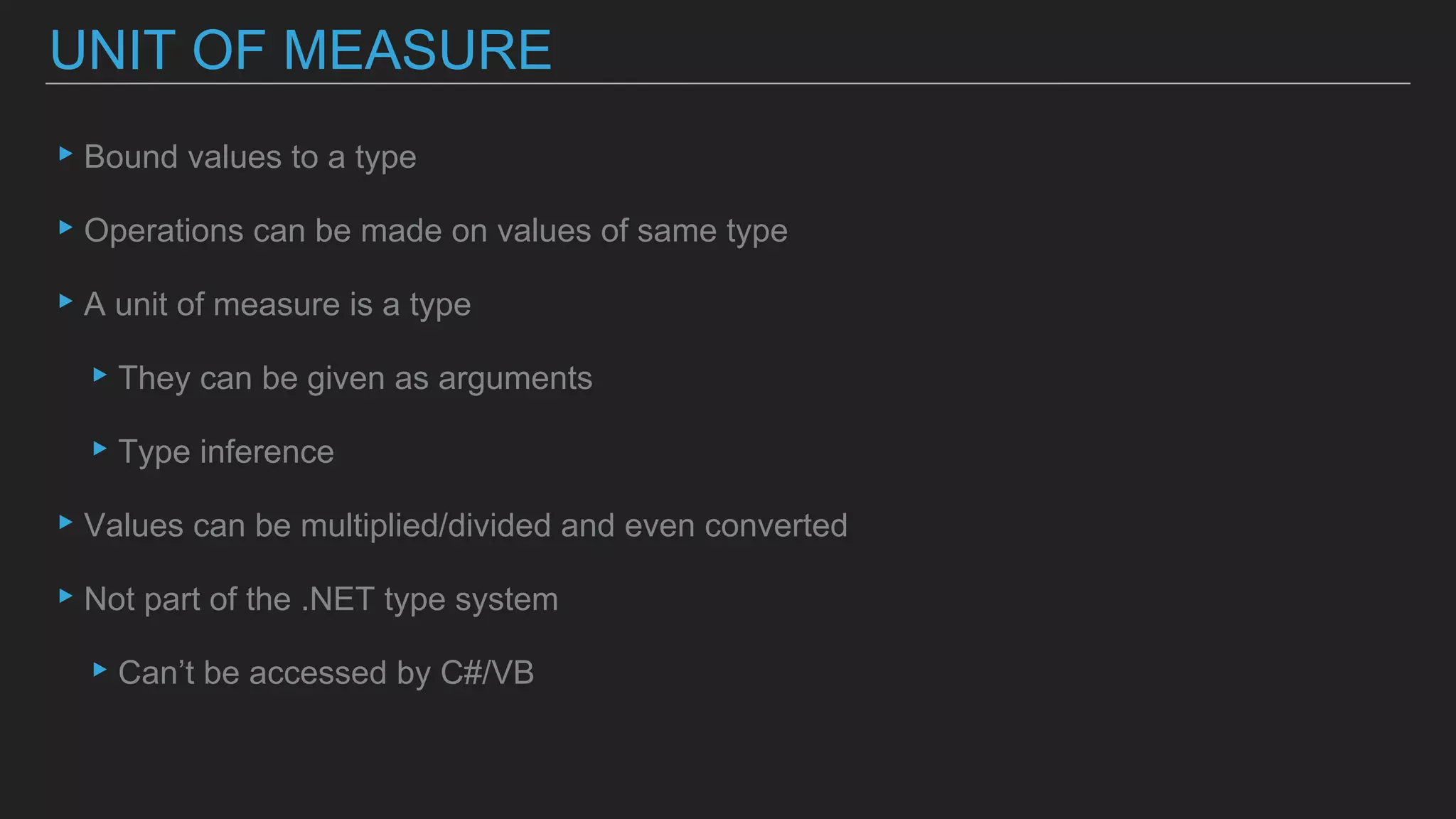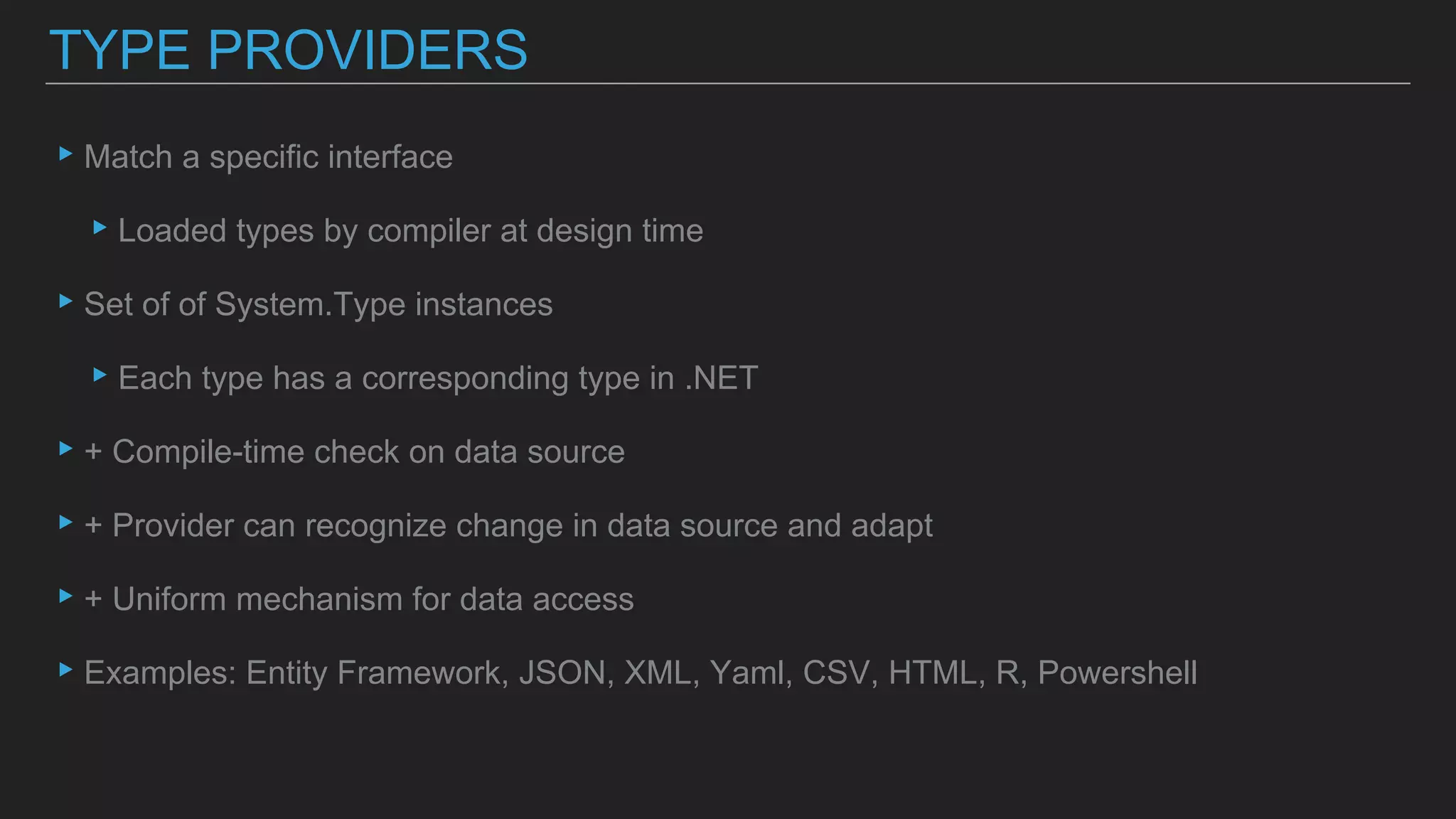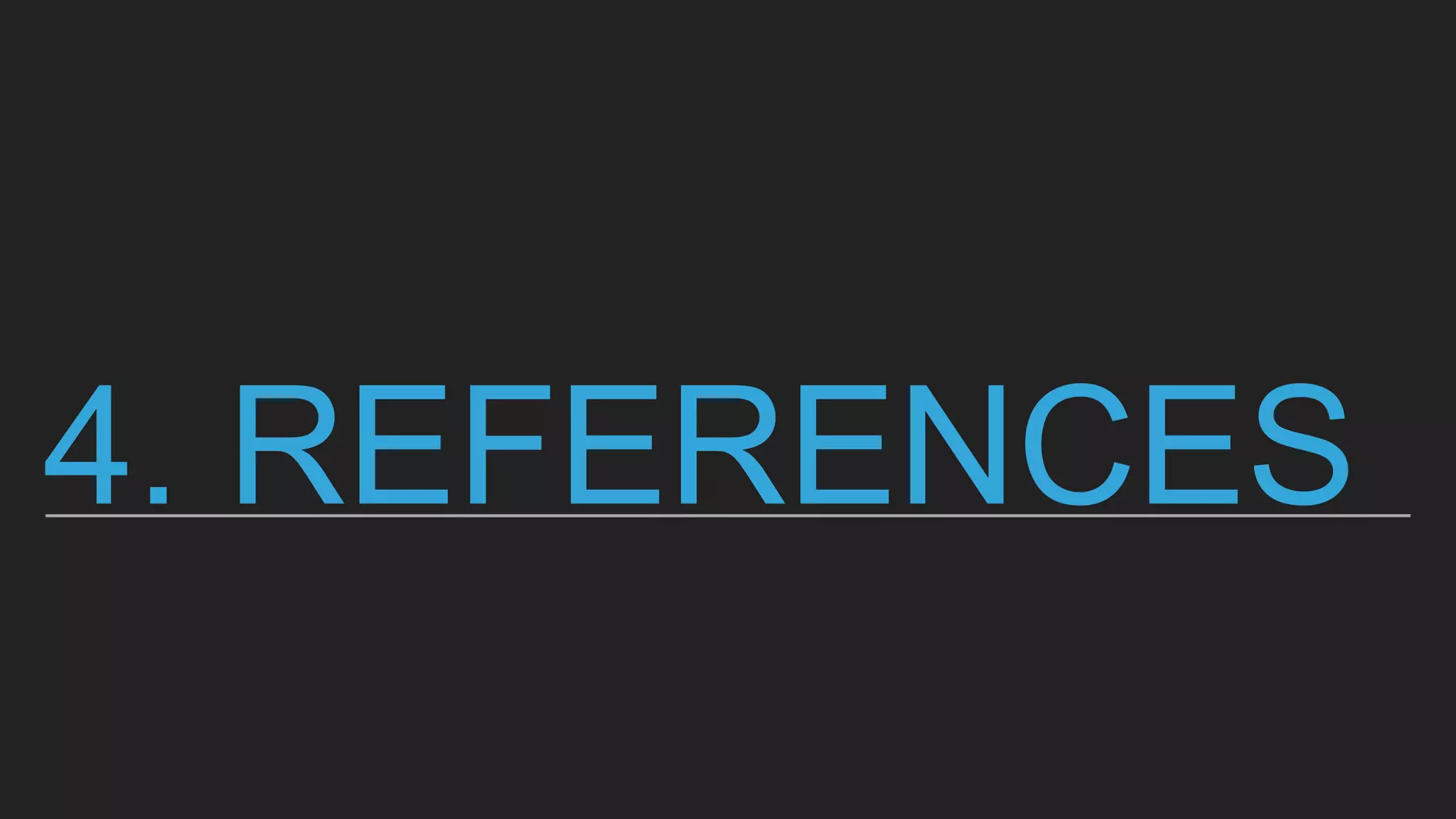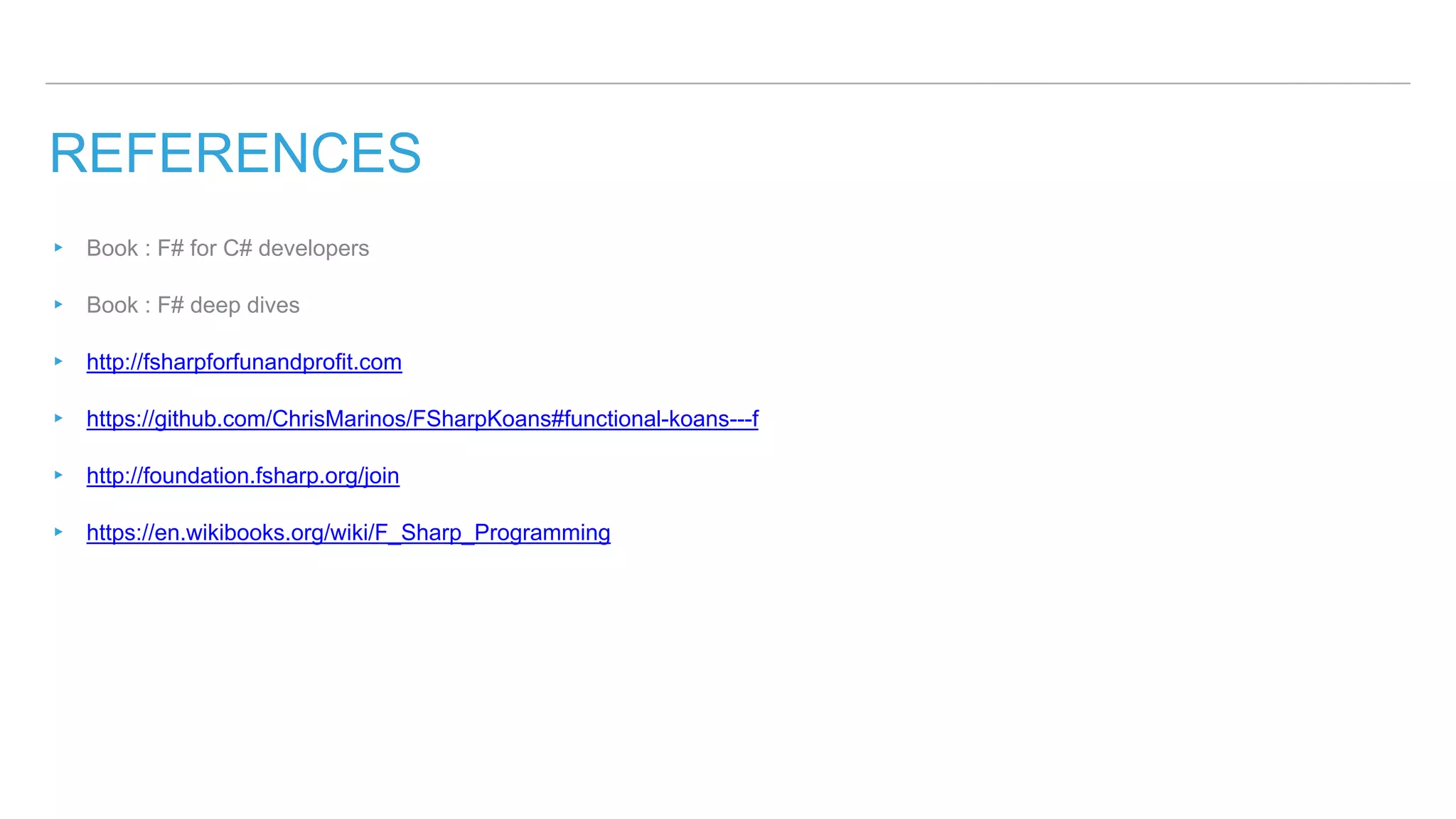The document presents key points from a presentation by Kevin Avignon on F#, focusing on testimonials, functional programming concepts, and basic features of F#. It highlights the productivity benefits and ease of use of F#, detailing various concepts such as pure functions, immutability, pattern matching, and high-order functions. Additionally, it includes references to resources for further learning about F#.
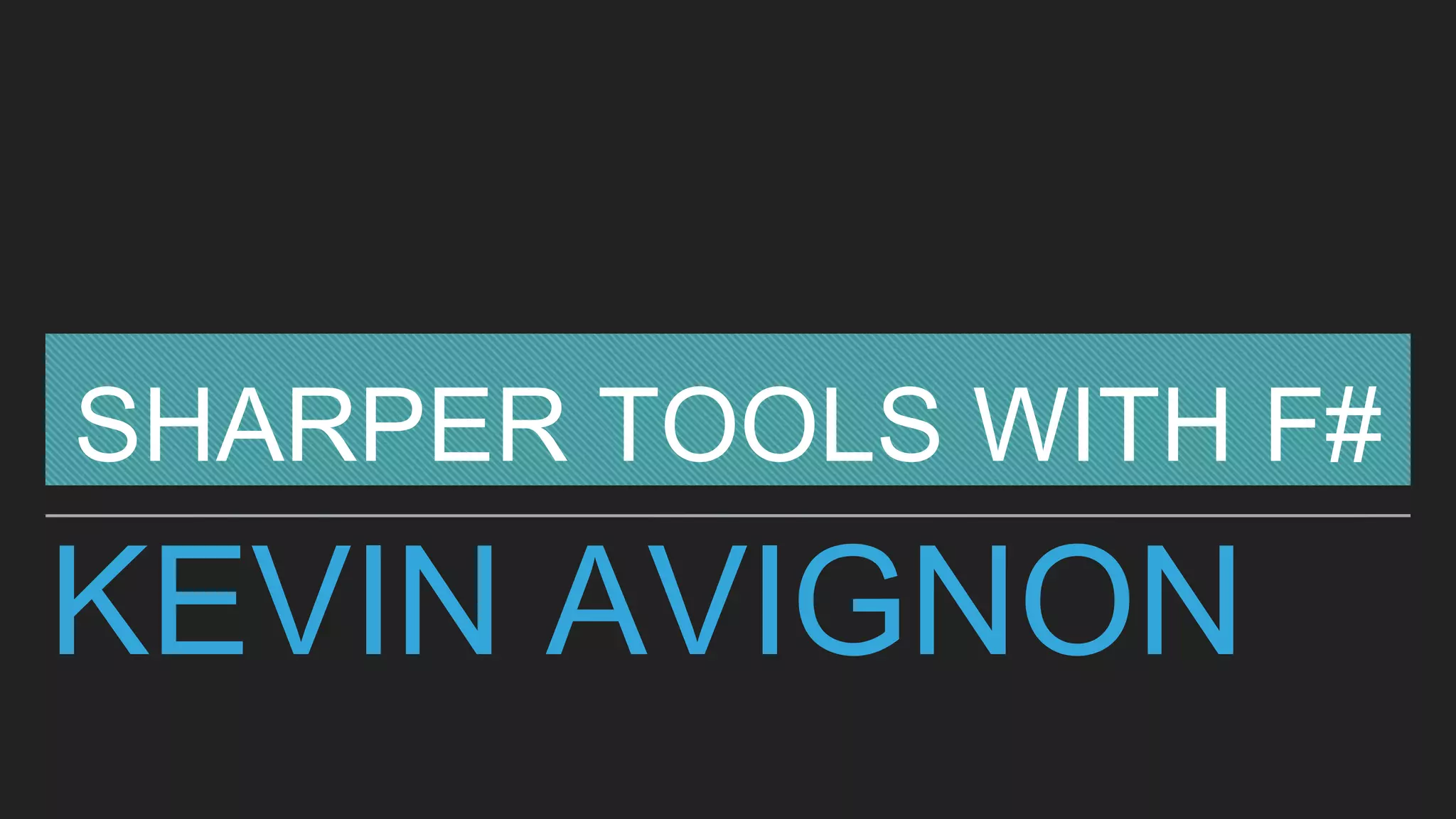
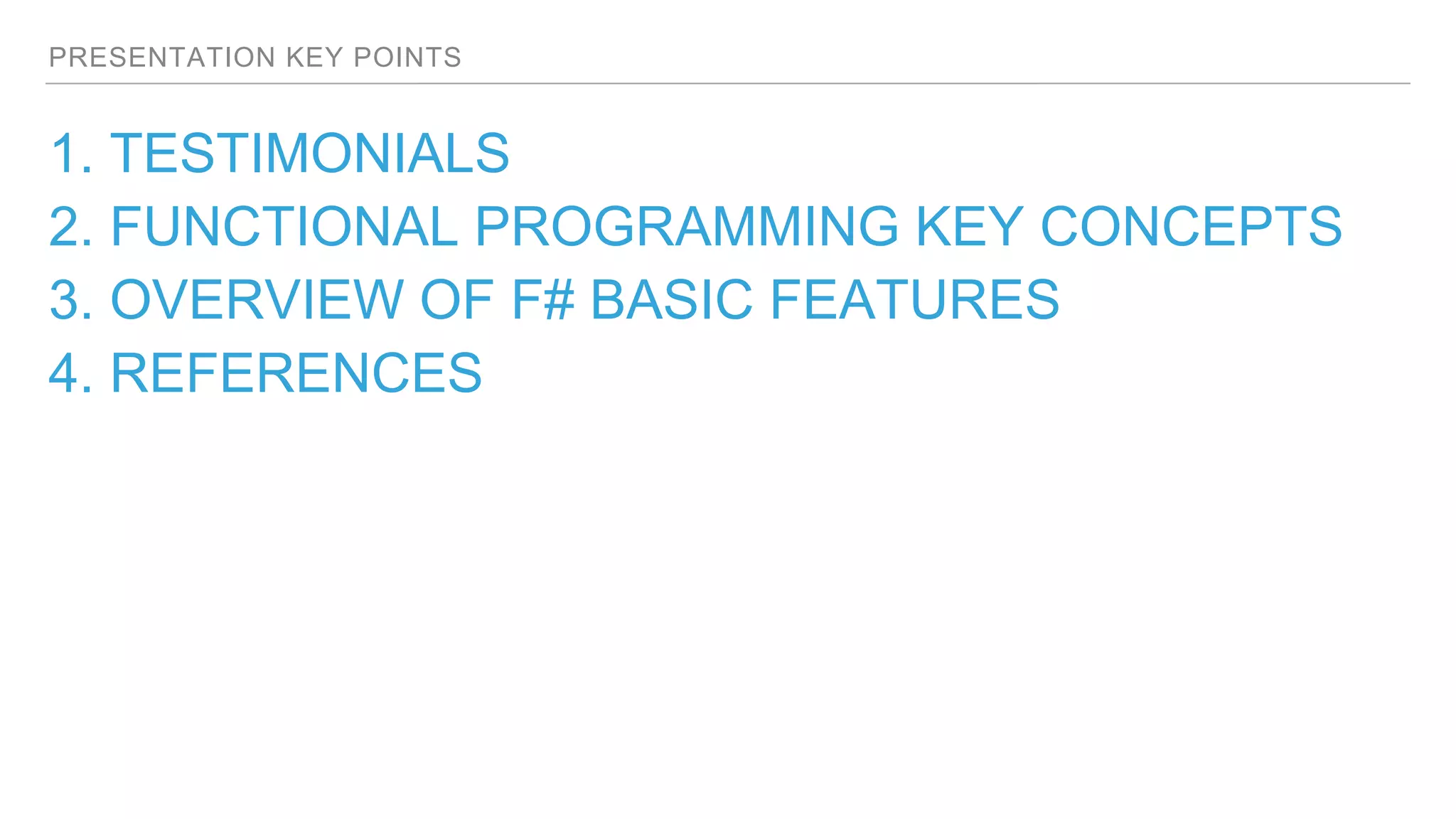

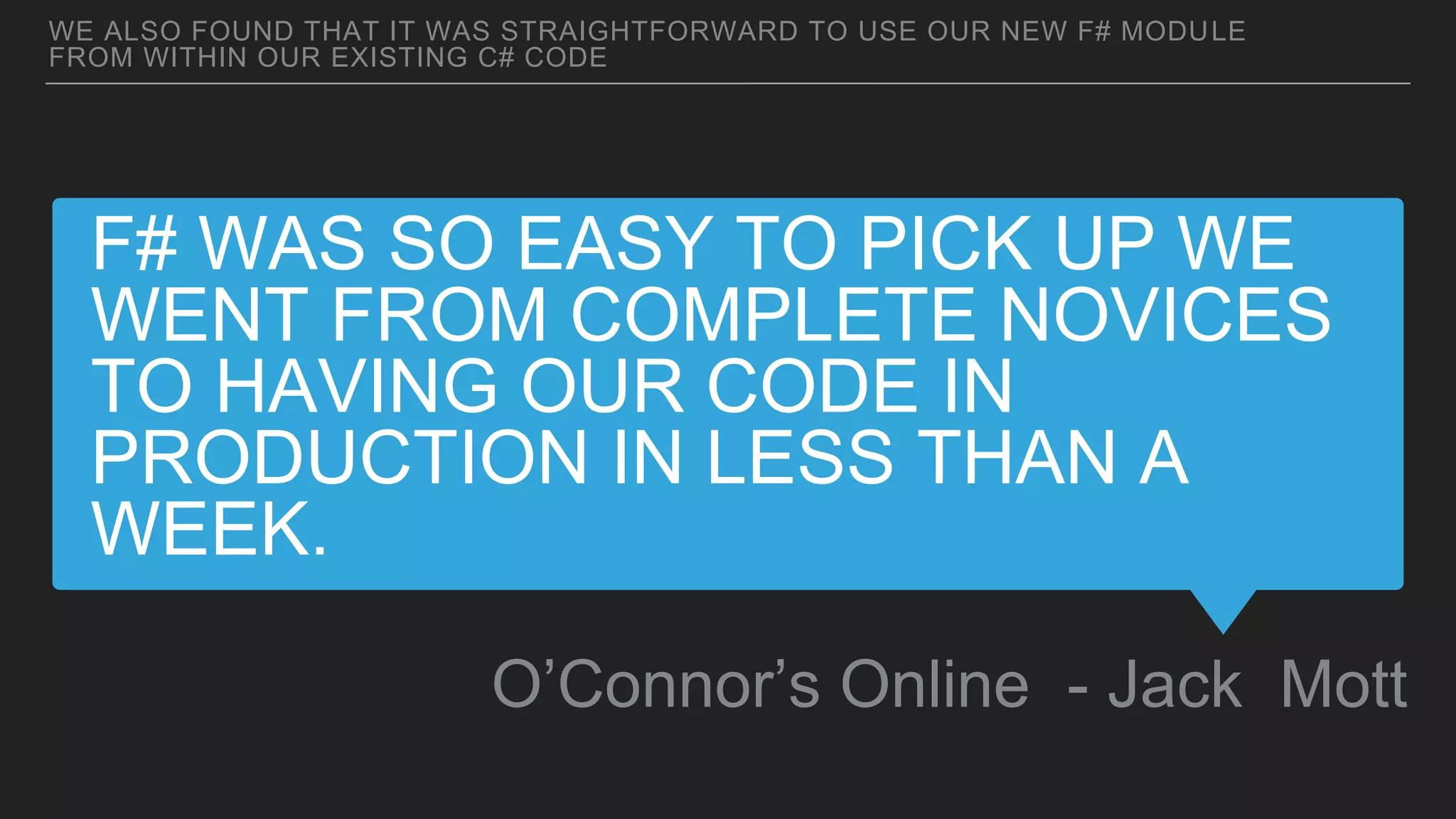
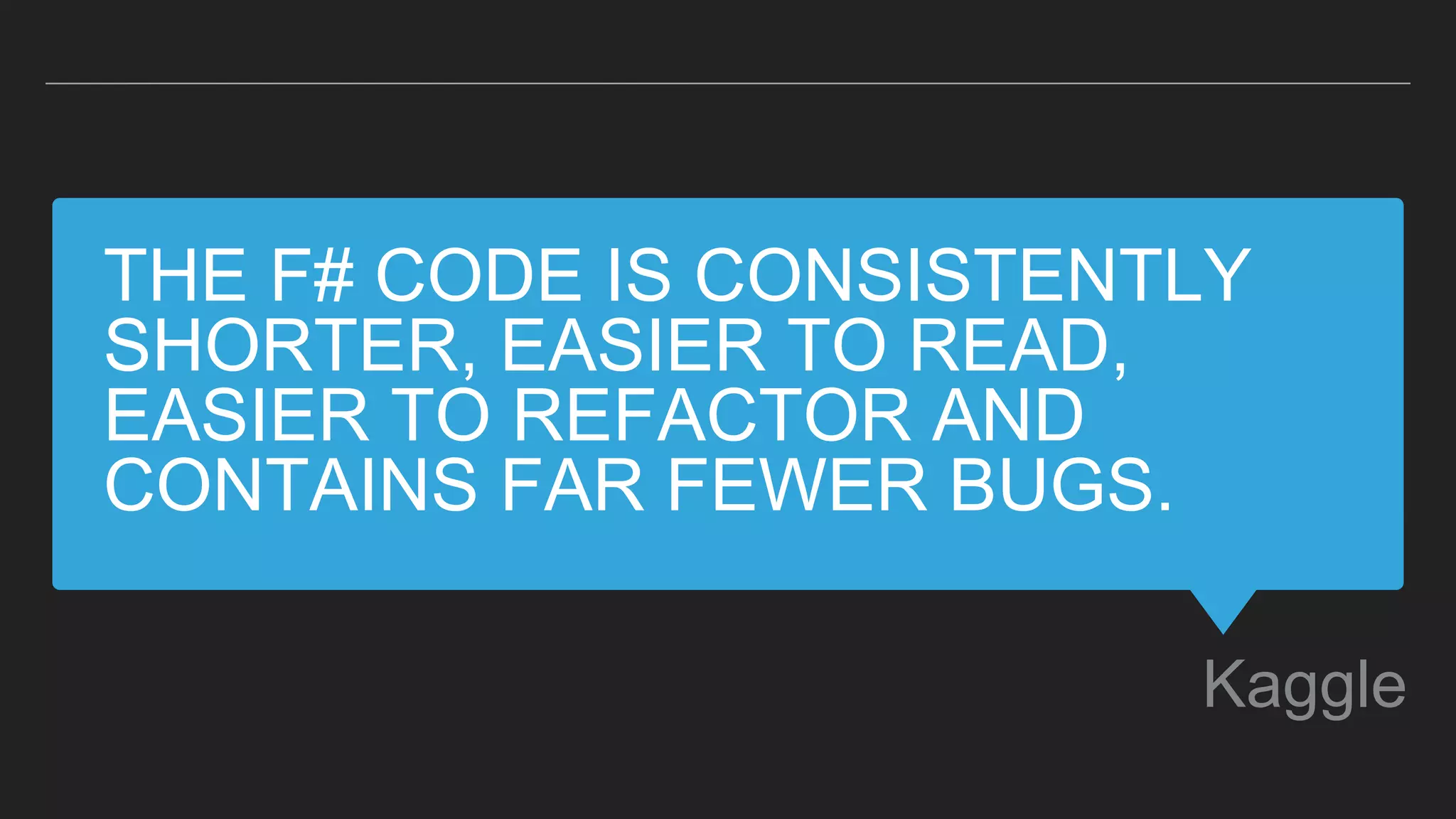

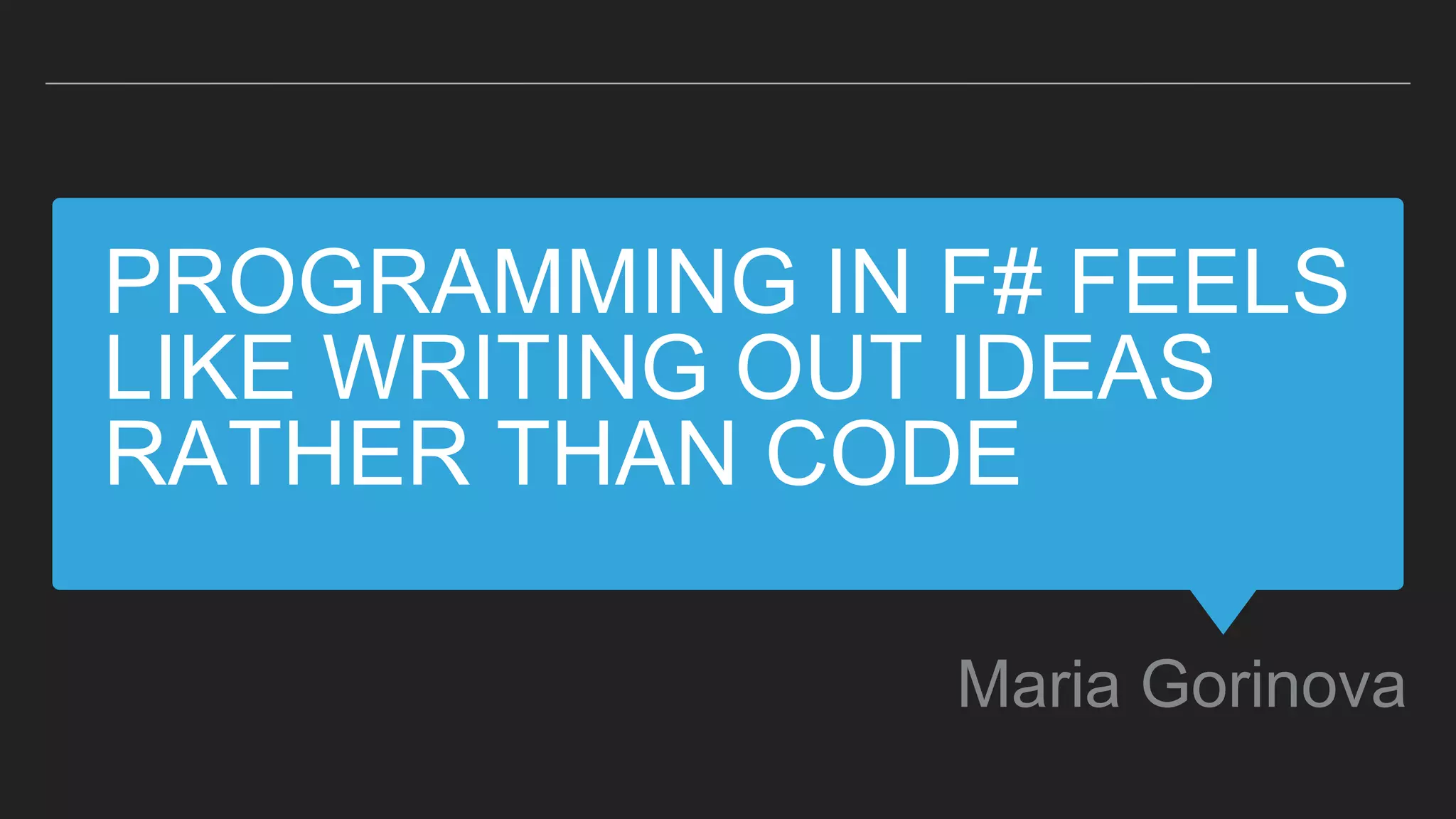
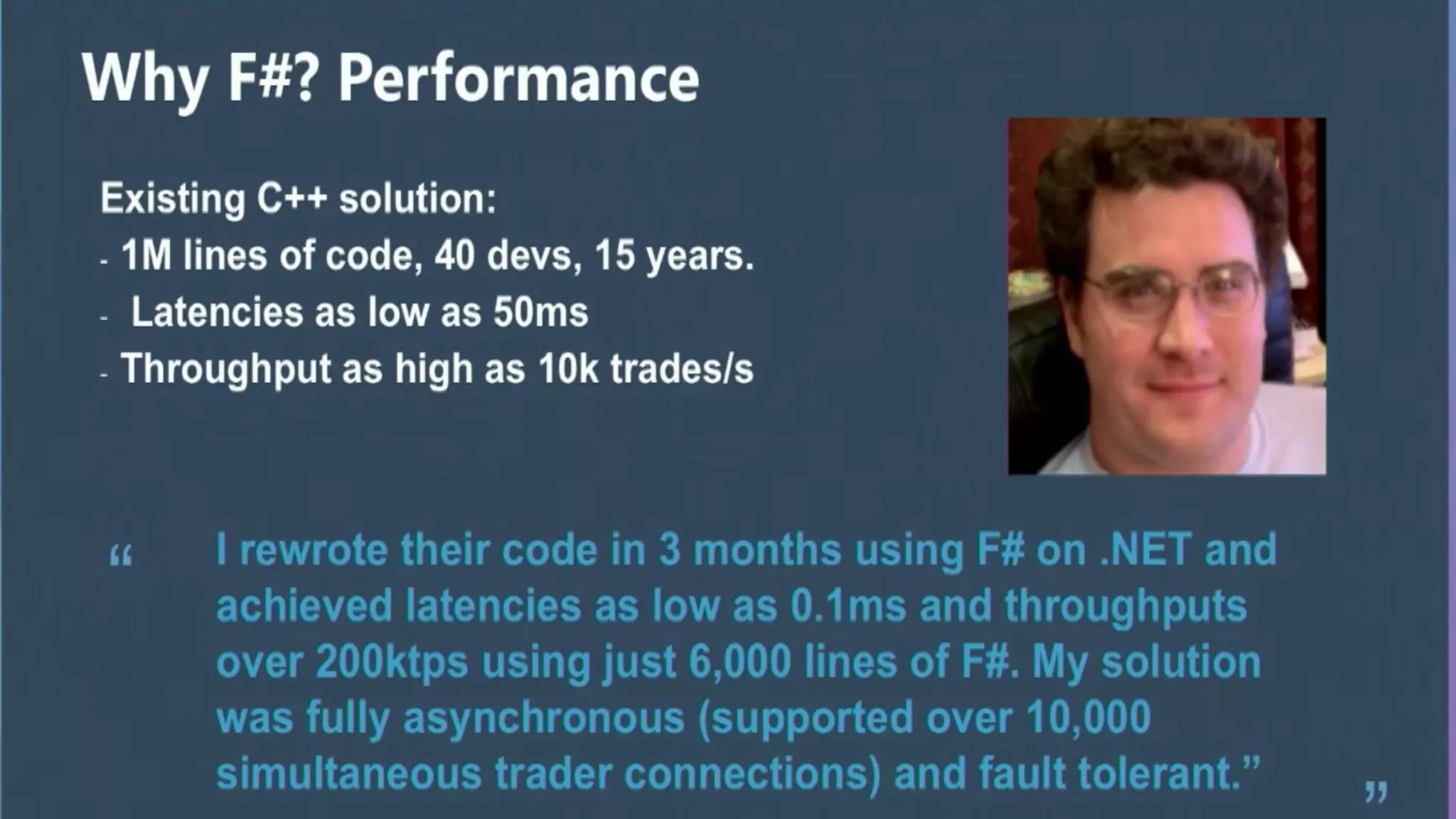
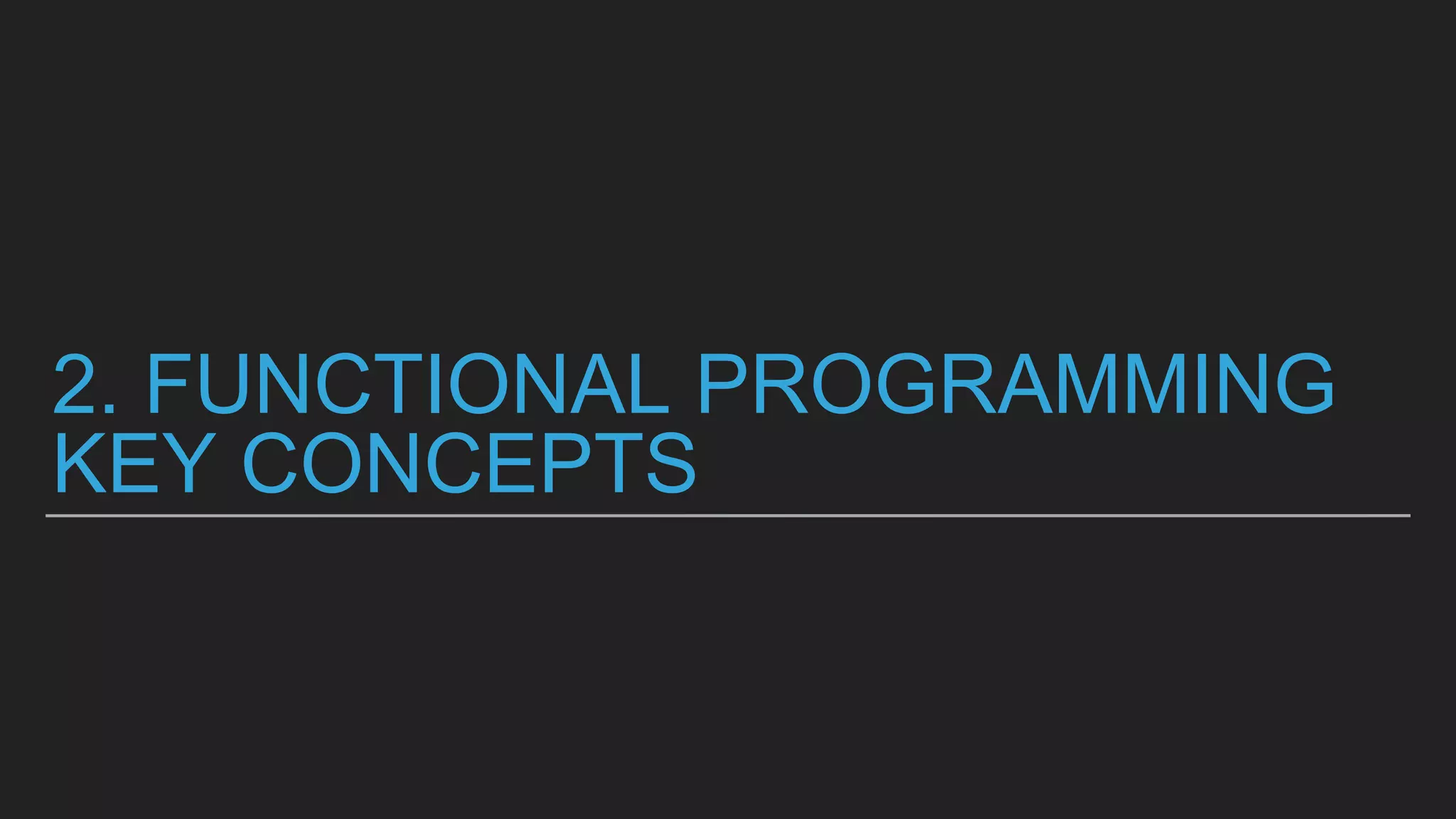
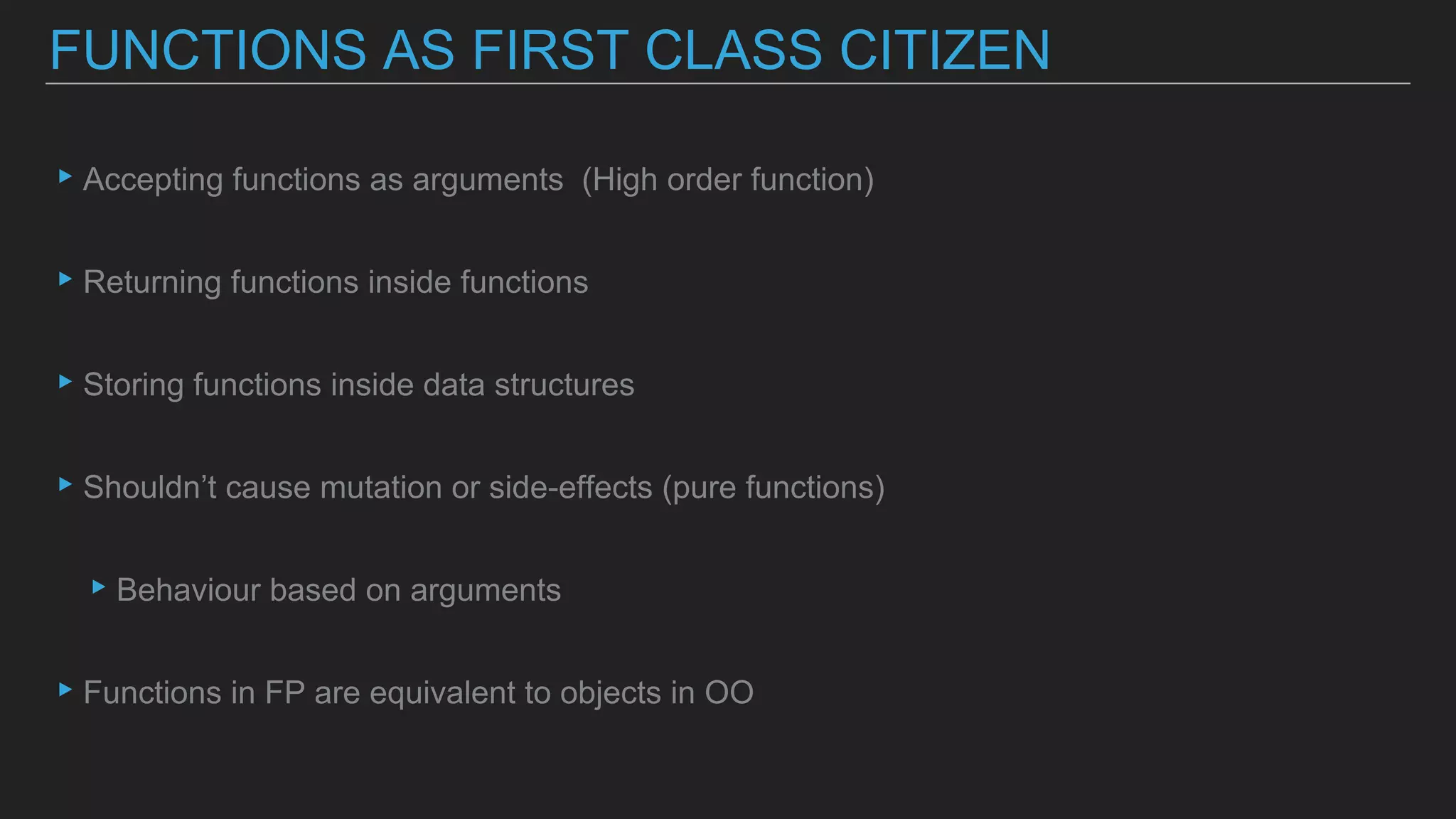
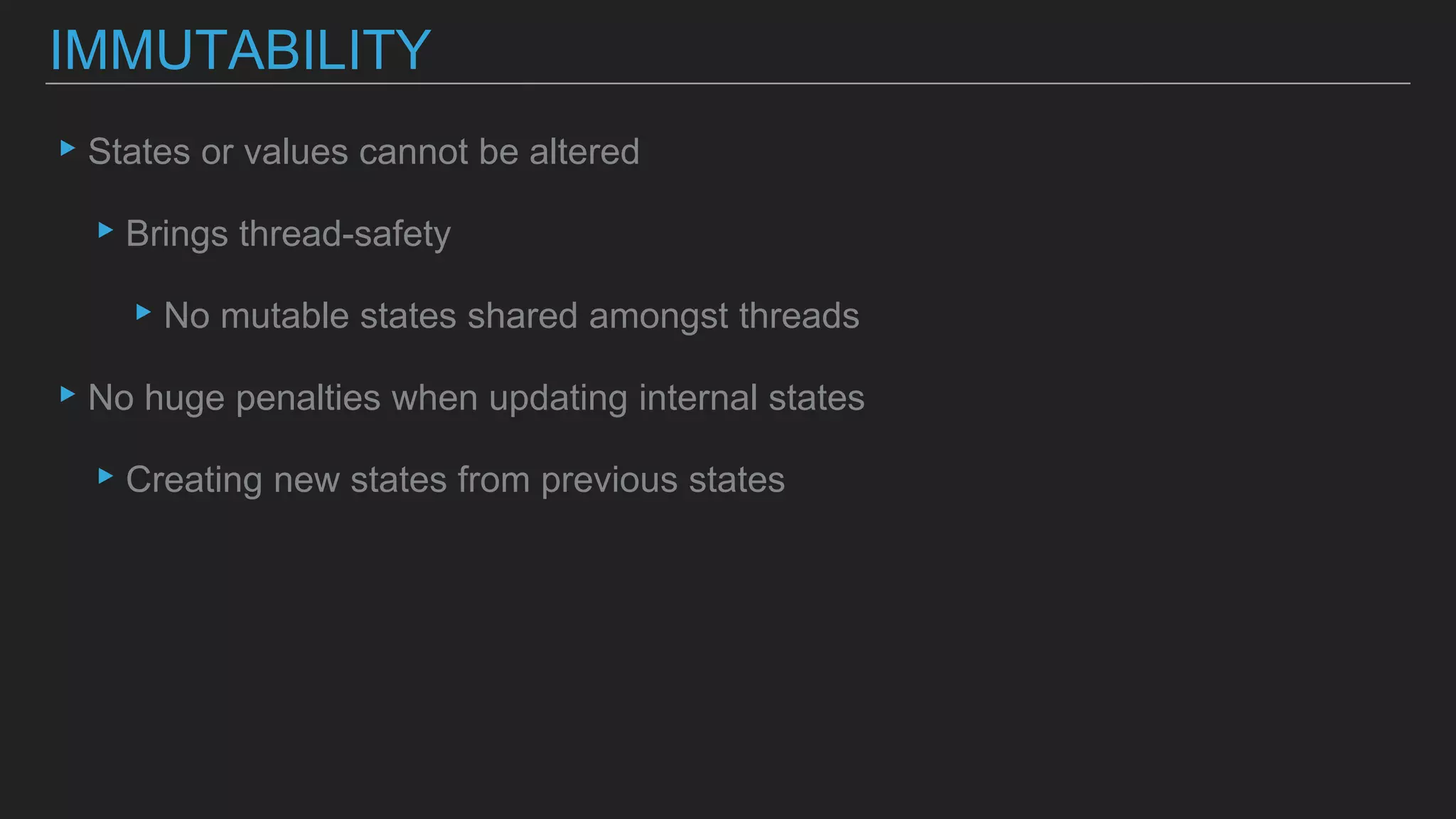
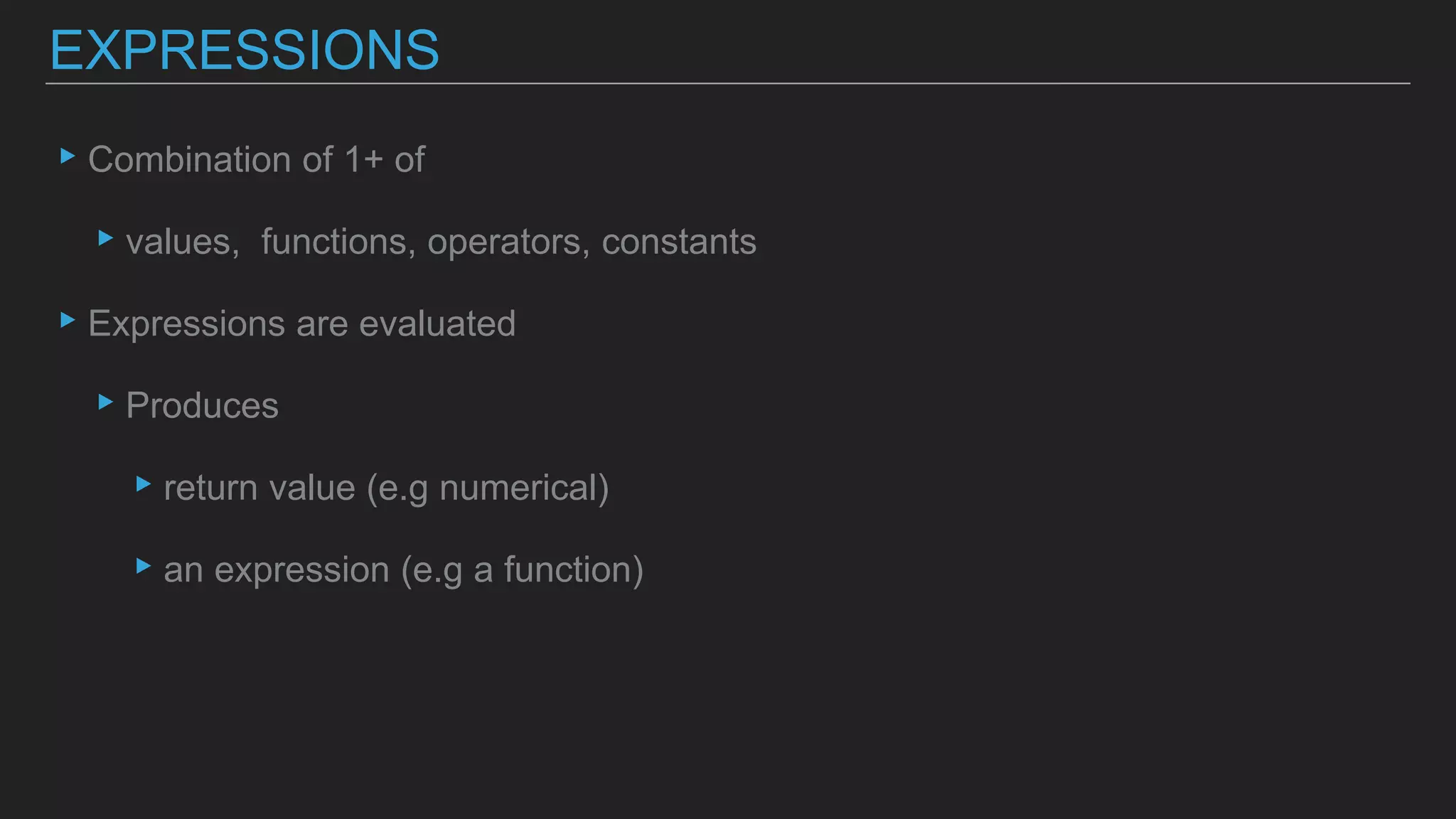
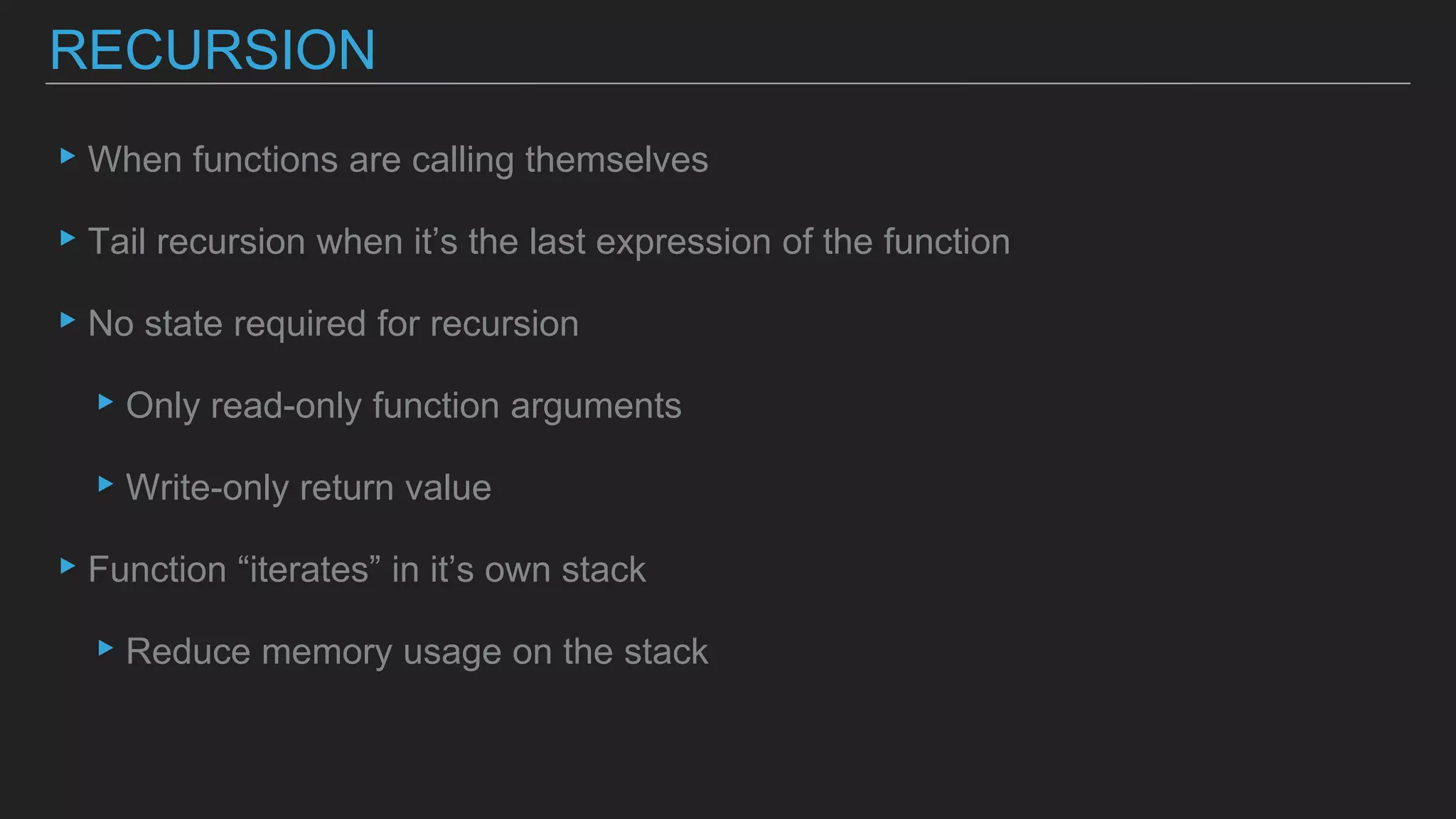
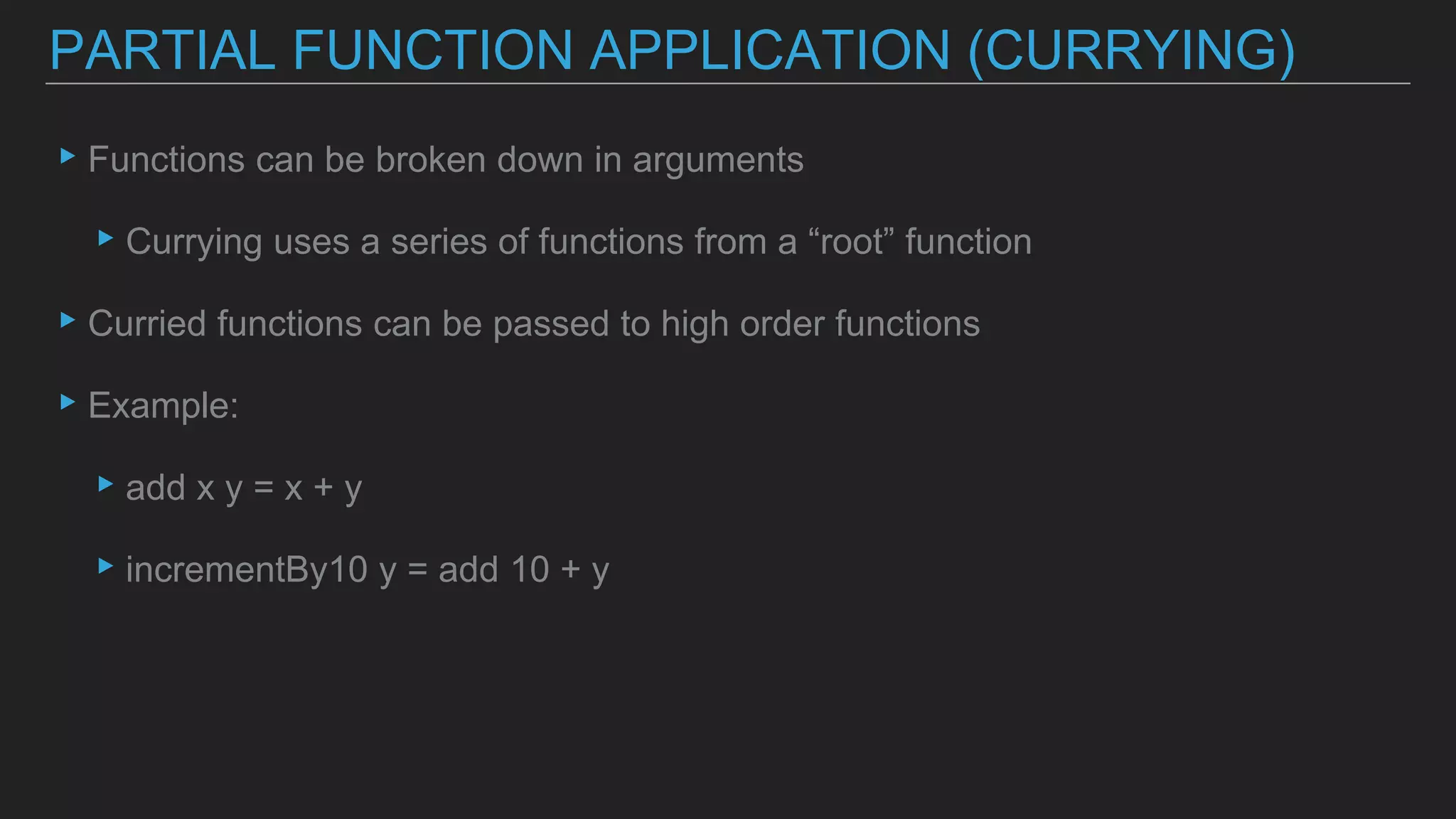
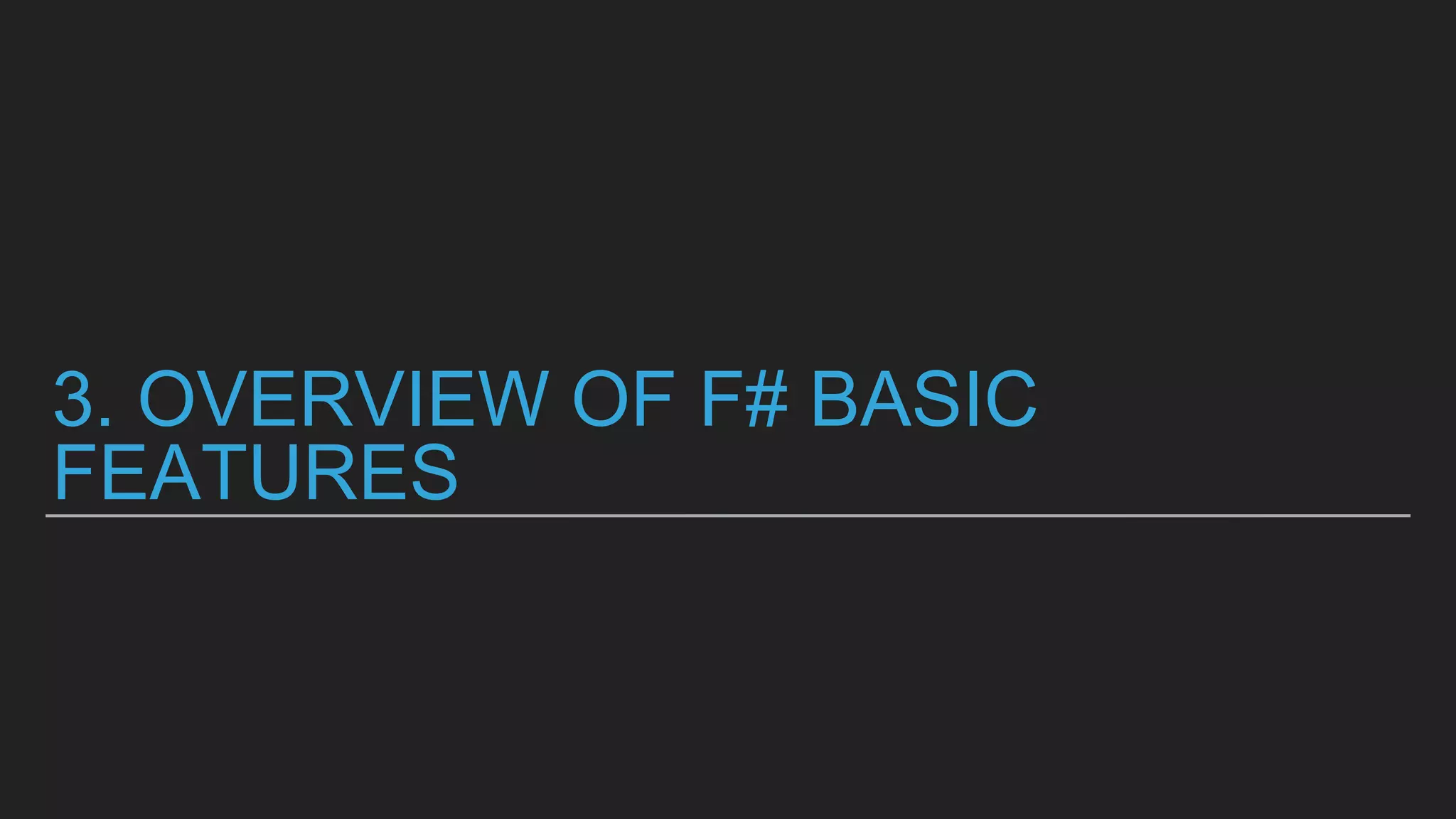
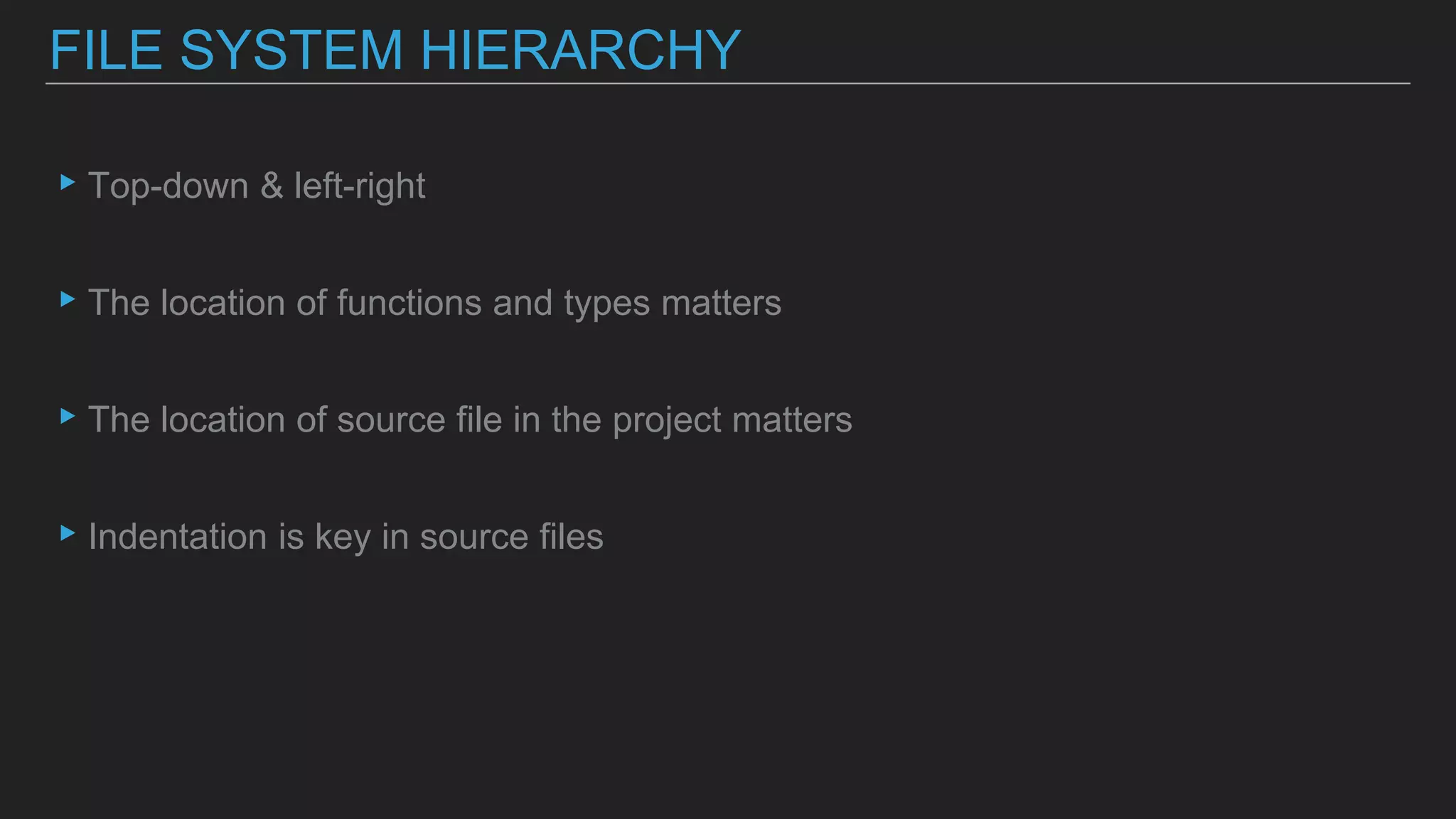
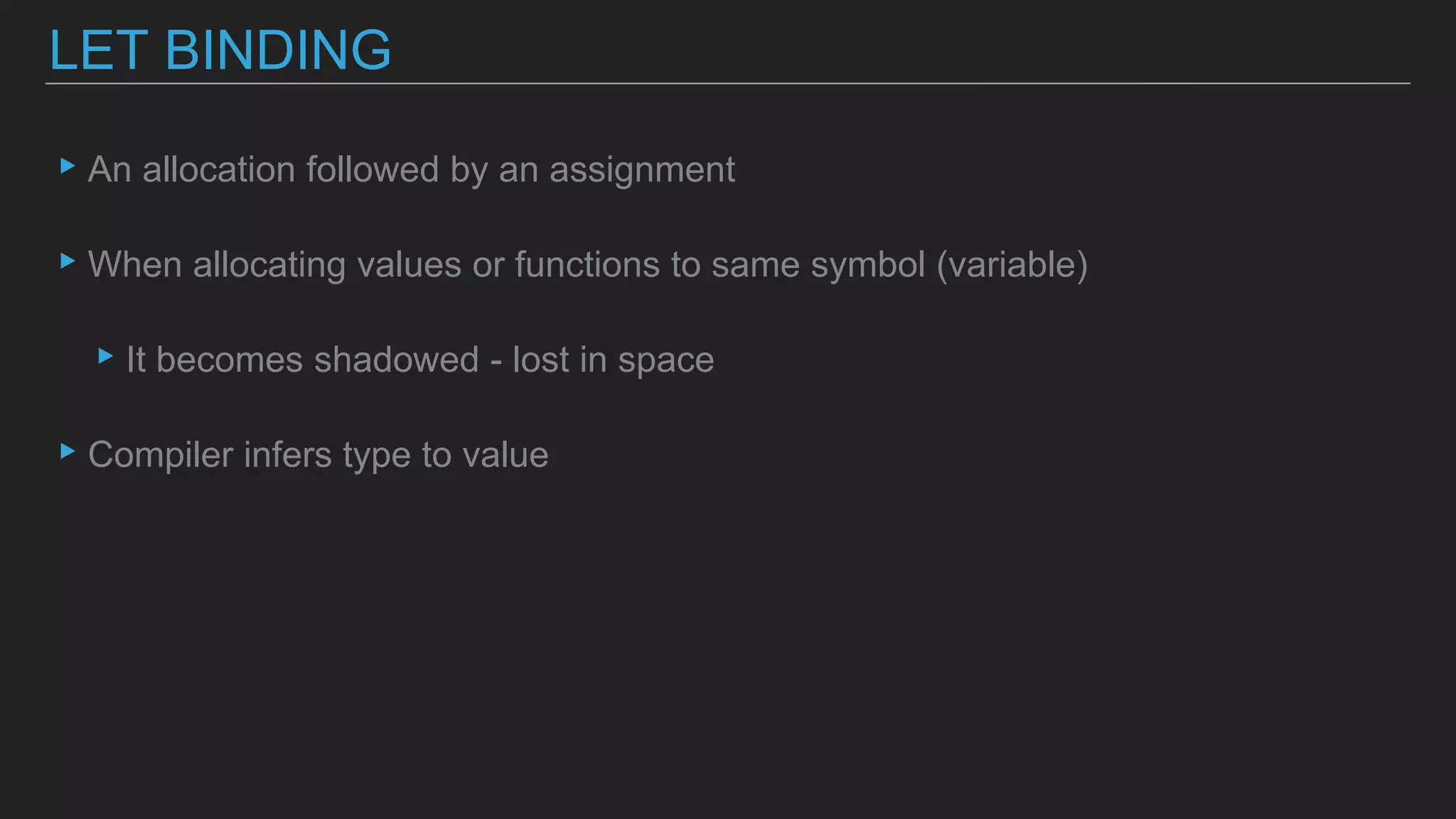
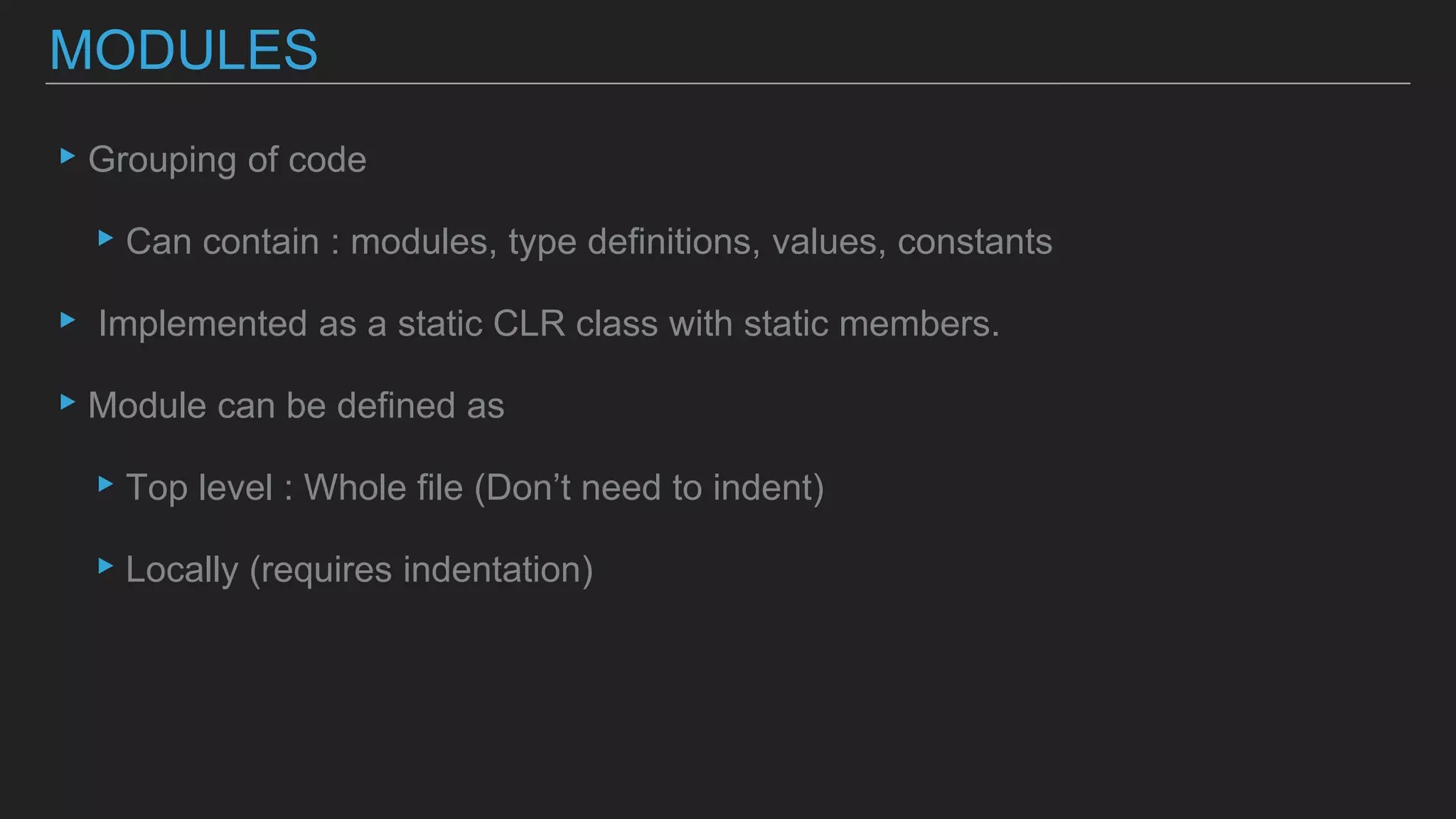
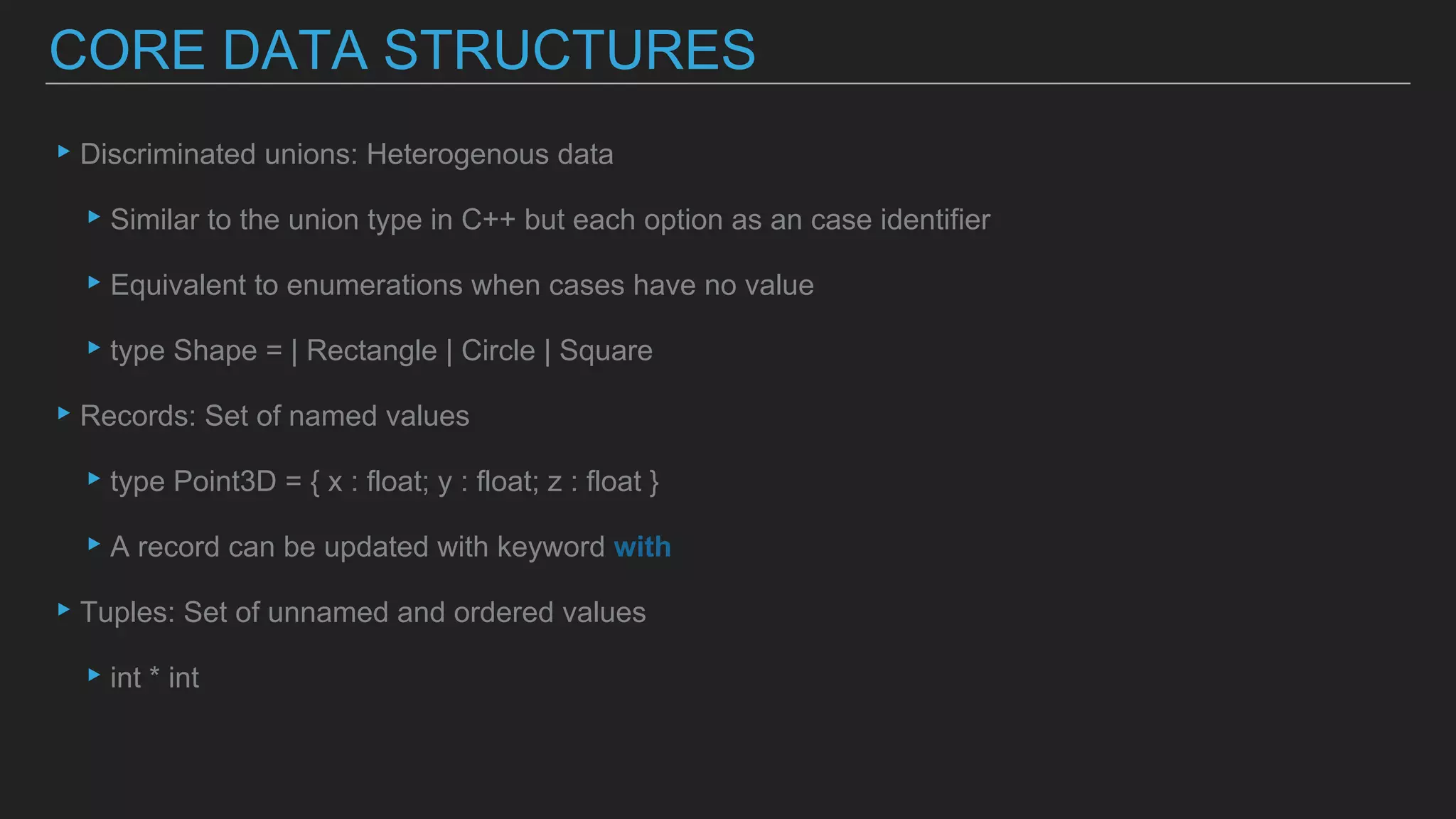
![▸A pattern is a rule for transforming data
▸Data is decomposed when it’s being matched on a pattern to find a match
▸Possible to match on Tuple, Discriminated union, Records, collections, etc
▸match [something] with | pattern1 -> expression1
▸Compiler can see when you forget cases
▸_ is a wildcard pattern to ignore the remaining cases
PATTERN MATCHING](https://image.slidesharecdn.com/sharpertoolsfsharp-170608201006/75/Sharper-tools-with-F-20-2048.jpg)
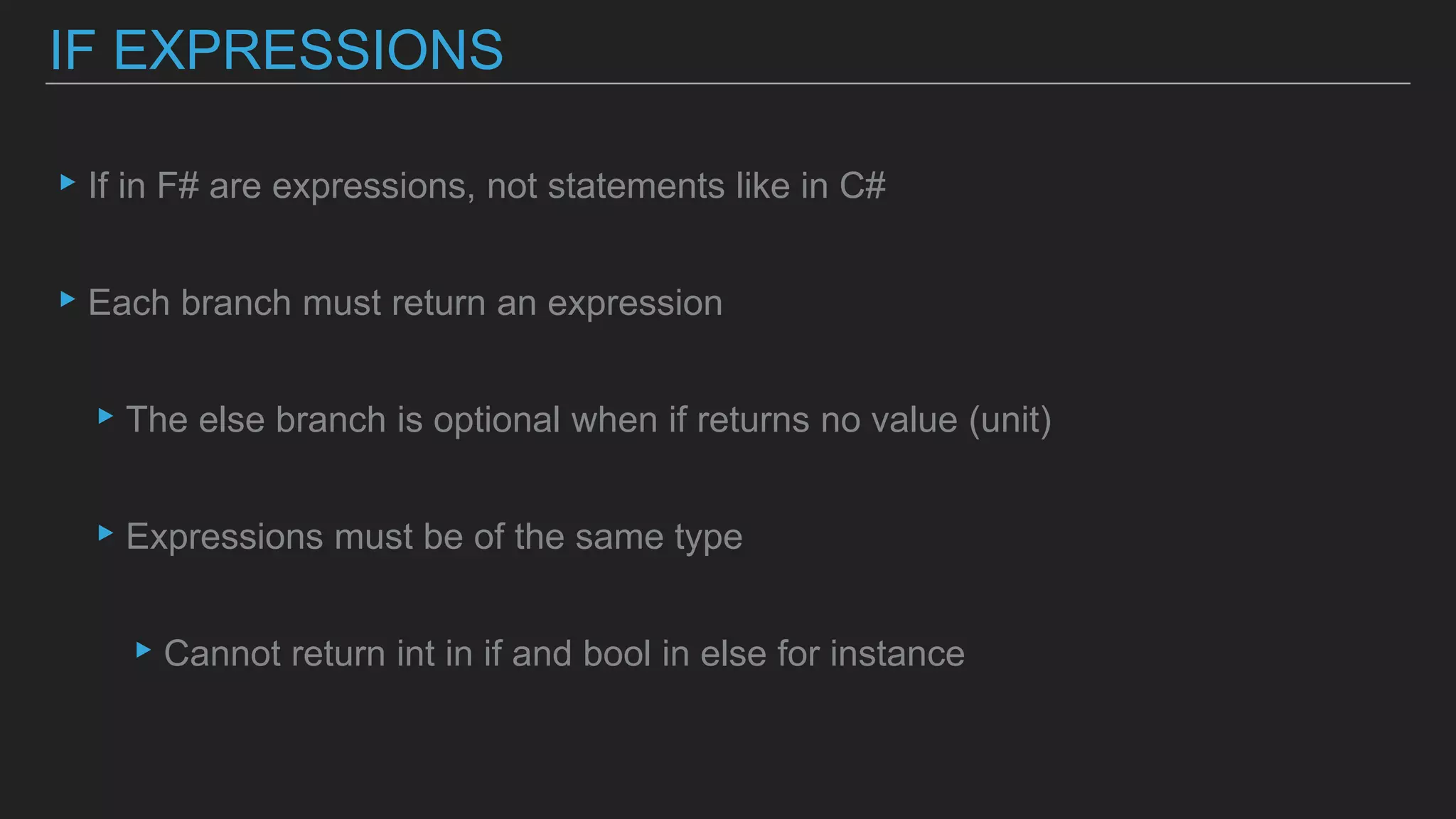
![▸Common collections in F# : List ( [] ) , Array ( [| |] ), Seq ( ses { } )
▸They basically have the same API
▸You can find functions such as
▸tryFind
▸length
▸map
▸Filter
▸min/max
▸sum
▸average
HIGH ORDER FUNCTIONS ON COLLECTIONS](https://image.slidesharecdn.com/sharpertoolsfsharp-170608201006/75/Sharper-tools-with-F-22-2048.jpg)
![▸For loop
▸for I = 0 to 10 do …
▸for i = 10 downto 0 do ….
▸Foreach loop
▸for i in [0..100] do …
▸for i in [2..2..50] do …
LOOPING](https://image.slidesharecdn.com/sharpertoolsfsharp-170608201006/75/Sharper-tools-with-F-23-2048.jpg)
![▸The pipe operators are syntactic sugar for chained method calls
▸Pipe-forward ( |> )
▸Lets you input an intermediate result onto the next function
▸[1..10] |> List.filter (fun integer -> integer % 2 = 0) (Result : [2;4;6;8;10])
▸ Pipe-backward ( <| )
▸Takes a function from the left and applies its return value/expression to the right
▸printfn “The value of 3 when tripled %d” <| tripleValue 3 vs
▸Printfn “The value of 3 when tripled %d” (tripleValue 3)
PIPELINE OPERATORS](https://image.slidesharecdn.com/sharpertoolsfsharp-170608201006/75/Sharper-tools-with-F-24-2048.jpg)
